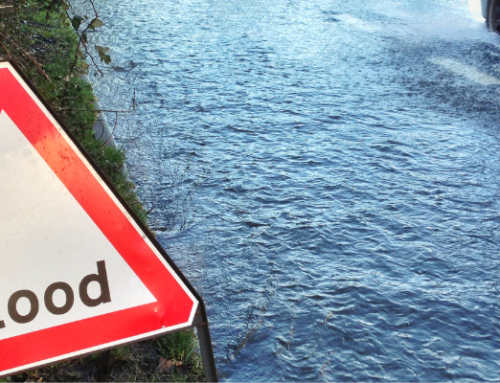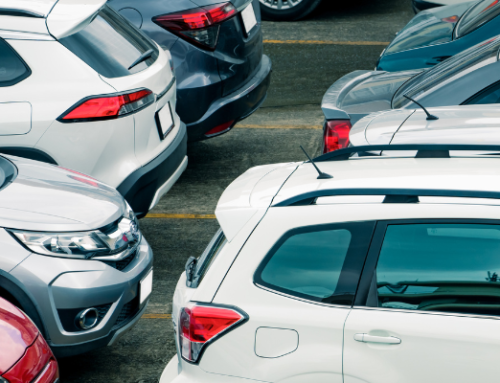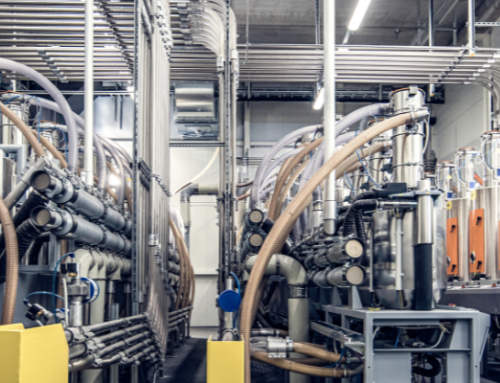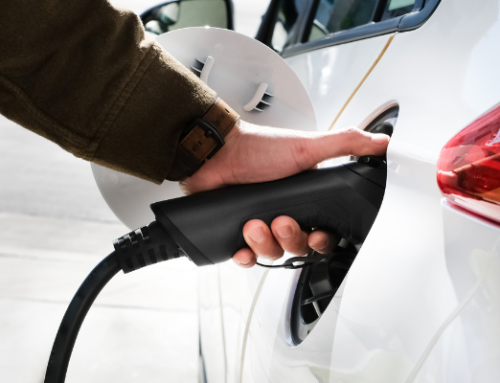The insurance landscape is always evolving, and one area that has seen significant development is Environmental Impairment Liability (EIL) insurance. It’s important for businesses to understand why EIL insurance is essential and how it stands out. So, what exactly does EIL cover, and how does it differ from General Liability Insurance?
What is Environmental Impairment Liability Insurance?
Imagine running a business and suddenly discovering that a slow, unnoticed leak has been contaminating the ground beneath your property for years. The clean up costs are astronomical, and your standard General Liability Insurance won’t cover it. This is where EIL insurance comes in.
EIL insurance covers losses arising from pollution incidents or environmental damage caused by site operators or contractors during their daily operations. Unlike General Liability Insurance, which often doesn’t cover gradual pollution, EIL provides comprehensive coverage for both sudden and slow-developing environmental issues.
Key Aspects of EIL Coverage
- Coverage for Pollution Liabilities: EIL insurance offers coverage for both first and third-party liabilities related to pollution or environmental damage. It covers the costs of cleaning up pollution for which you’re responsible, something General Liability Insurance typically does not.
- Complex and Long-Tail Losses: Environmental losses are typically infrequent but very costly and complex. They often take a long time to recover from due to the difficulty of cleaning up pollution. Many companies aren’t equipped to handle such losses or the financial and reputational impacts.
- Zurich’s EIL Proposition: Zurich’s EIL solution is designed to help site owners, operators, and contractors manage their environmental exposures. The coverage is flexible and can be tailored to meet the specific needs of businesses.
Types of Environmental Impairment Risks
Even the best environmental management systems can’t eliminate all risks. Here are some common environmental impairment risks that businesses face:
- Gradual Pollution Events: Pollution often happens slowly, such as from a leaking underground tank or the accumulation of small spills over time. Clean-up liabilities may appear many years after the original event, even if the current site owner wasn’t the original polluter.
- First Party Clean-up Costs: The most significant cost following a pollution event is often cleaning up the insured’s own site. For example, a leaking fuel tank could release oil into the ground, requiring extensive clean-up under environmental laws. Another example could be from firewater from an electrical vehicle fire in a car park leaching heavy metals into the ground.
- Liabilities from Pollution Events: Typical liabilities include emergency crisis response costs, clean-up costs, biodiversity restoration, property damage, bodily injury, environmental surveys, long-term monitoring costs (e.g. groundwater sampling), negotiations with regulators, and legal defence costs.
- Business Interruption Losses: If a regulator suspends the site’s operating permit for investigations to prevent further pollution, it can cause business interruption. This can also lead to loss of rental income and extra expenses if occupants must temporarily relocate during the clean-up.
Why is EIL Insurance essential?
Environmental exposures are infrequent but severe, complex, costly, and long-lasting. While having robust environmental management systems and a clean loss history can reduce potential losses, they are no guarantee against future incidents.
Significant coverage gaps in standard insurances like General Liability and Property mean businesses could face substantial uninsured losses. Awareness of environmental risk and insurance has grown due to high-profile environmental disasters, increased legislation, and more insurers offering EIL products. Many are first-time buyers of EIL insurance, recognising its importance for comprehensive risk management.
Filling the Coverage Gaps
Standard insurances such as general commercial liability insurance and D&O may include some environmental cover, but significant gaps remain. These gaps include first-party (own site) costs, gradual pollution, and statutory claims. Customers often underestimate their exposure and don’t realise the limits of General Liability cover until they face a pollution claim.
Conclusion
An EIL Policy is not just a safety net but a crucial part of a comprehensive risk management strategy. It offers ‘first party’ coverage to own premises, which is often a significant cost to customers, and covers gradual and historic contamination, none of which a General Liability Policy does.
Understanding its benefits and how it differs from General Liability Insurance can help businesses make informed decisions and protect themselves against potentially devastating environmental liabilities.
We are here to help
Please do get in touch if you would like to know more about how we can support you and your business.
This article was adapted from an article by Zurich which can be found here.






